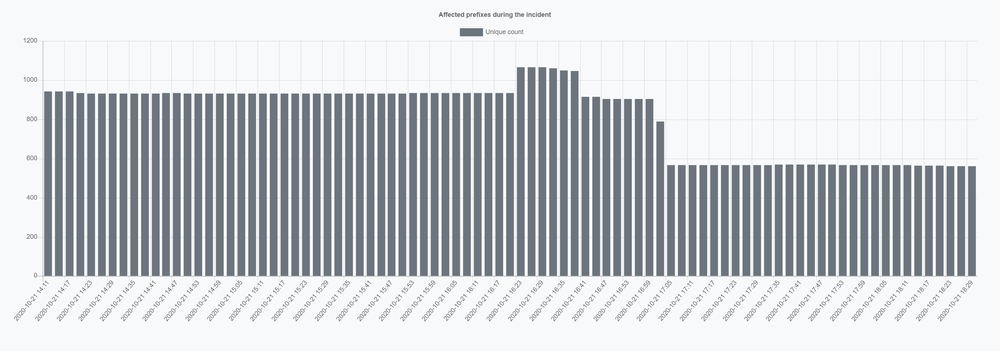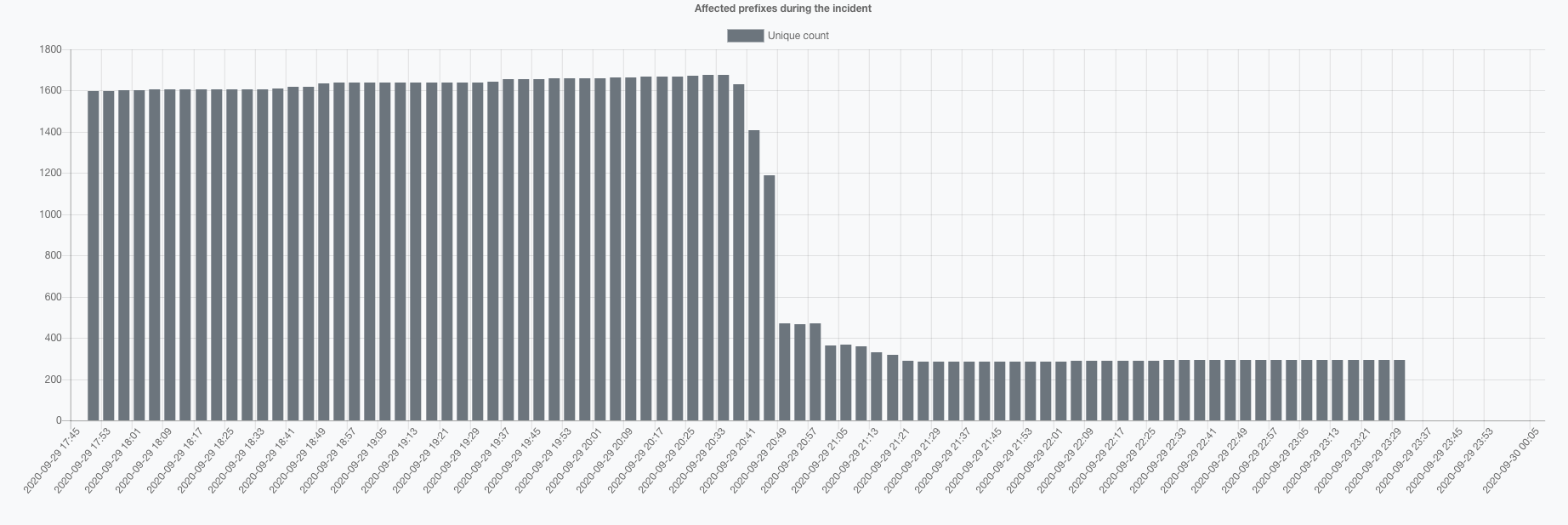
Hello and welcome back to our weekly news recap! This time we are interested in the most exciting articles and papers published in two weeks - between October 26 and November 8, 2020.

Hello and welcome back to our weekly news recap! This time we are interested in the most exciting articles and papers published in two weeks - between October 26 and November 8, 2020.

Greetings within weekly news round-up! This Sunday, we are again looking at the relevant articles and researches published between October 19 and 25, 2020.
AS203, belonging to what was formerly known as "Level3", acquired by "CenturyLink" in 2016, latter rebranded as "Lumen" in 2020, is a frequent visitor within the incident reports of the Qrator.Radar team. We are not here to blame anyone, but such occurrence of routing incidents for a single organization is worrying - we hope this article would help you to understand how even a small event could reach enormous impact with specific prerequisites met.


Welcome to the regular networking and cybersecurity newsletter. Let's take a look at the most interesting articles published between October 12 and 18, 2020.

Hello and welcome to the regular networking and cybersecurity newsletter! Relevant articles published between October 5 and October 11, 2020, are following.

Welcome to the regular networking and cybersecurity newsletter, brought to you by Qrator Labs!
This time we are interested in the most interesting materials published between September 28 and October 4, 2020.
On Tuesday, September 29, 2020 AS1221 - Telstra announced 472 prefixes in a BGP hijack event that affected 266 other ASNs in 50 countries, with the most damage rendered to the U.S. and U.K. based networks. Worldwide it affected more than 1680 IPv4 prefixes, creating almost 2000 path challenge conflicts.


Welcome to the regular networking and cybersecurity newsletter.
Let's take a look at the relevant articles published between September 21 and 27, 2020.

Welcome to the networking and cybersecurity newsletter!
Let's take a look at the interesting articles and repositories published between September 14 and 20, 2020.

Let's take a look at the most relevant materials published between September 7 and 13, 2020.